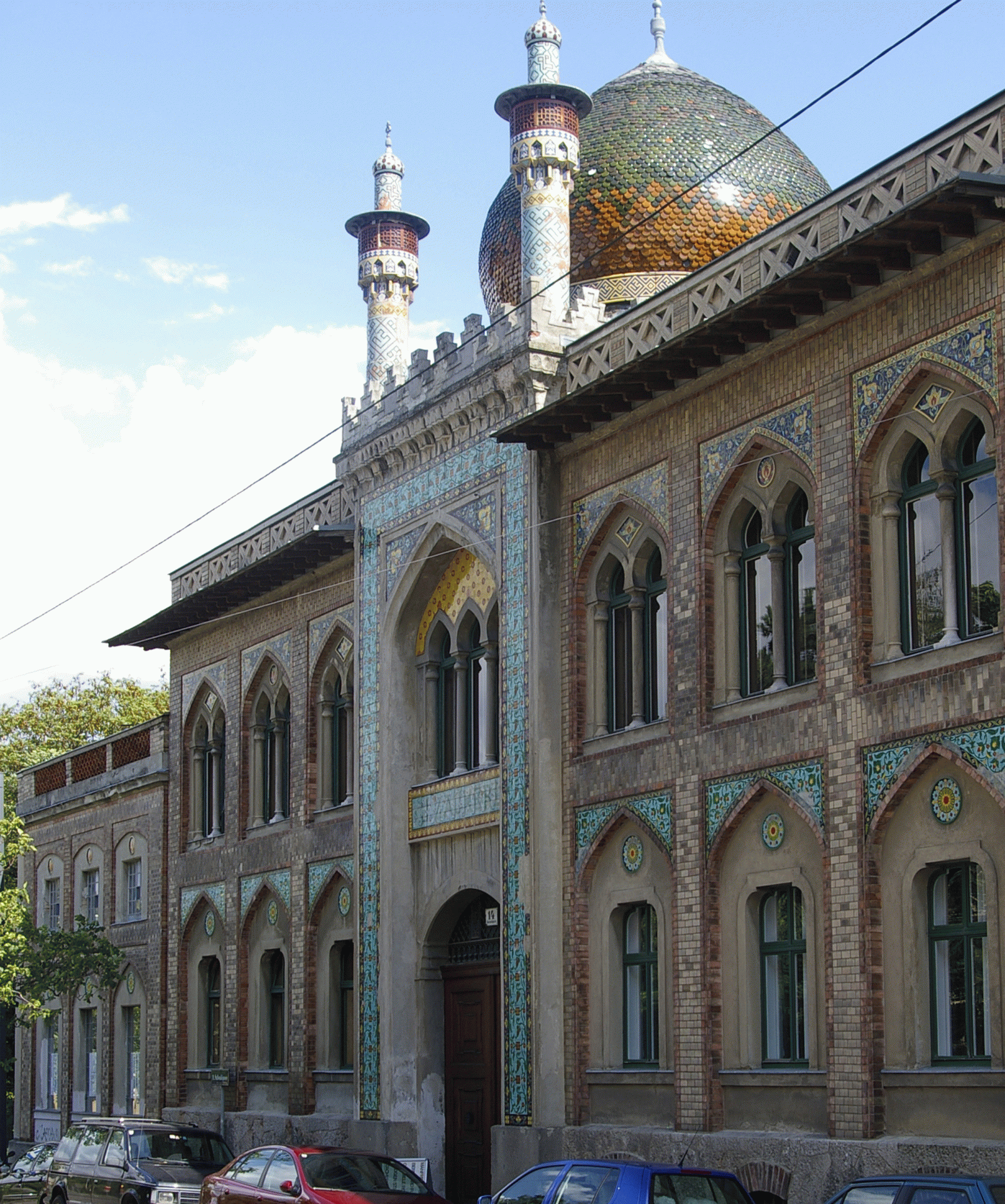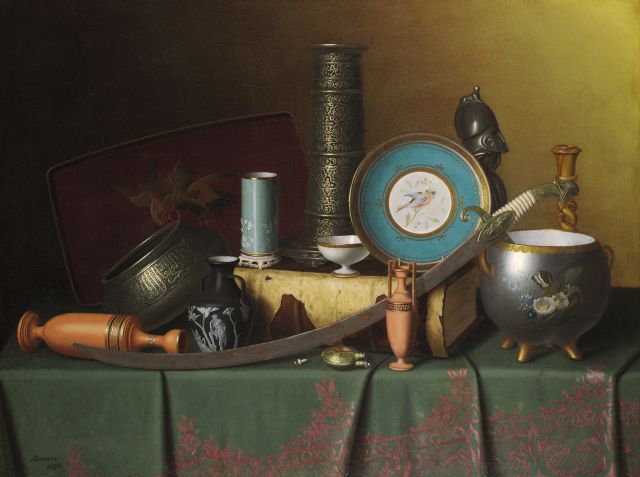Abendvortrag
Markus Ritter: Isfahan in Vienna: the Zacherl factory and Orientalising architecture in 19th-century Austria
organized by the Max-Planck-Research Group "Objects in the Contact Zone – The cross-cultural Lives of Things"

In the "style" concepts of late 19th-century historicist architecture in Europe motifs drawn from what then was known as "Oriental" architecture came to be used for different buildings types, often conveying a sense of luxury and richness on architecture ordered by the growing elite of the upper middle classes. While orientalising visual features in historicist architecture drew from a variety of "Oriental" countries, references to Persian models seem to have been rare. The lecture will suggest some explanations and demonstrate how, in an exceptional case, "Persian" along with other "Oriental" motifs were used in the Zacherl factory at Vienna. How came Isfahan to Vienna, e.g. what were the visual sources and how were they used by the Austrian architect? How to explain the reference to Persian models in a factory building? The last question looks into the function and the patronage of the building in the context of 19th-century Austria.
Markus Ritter is Full Professor of the History of Islamic Art and Department Chair at the Department of Art History, University of Vienna. He was educated in Islamic Studies (Islamic Art and Archaeology), Turkology, Iranian Studies, and Historical Building Research at the University of Bamberg, the University of Ankara, the American University in Cairo as well as the State University of Teheran and received his PhD in Islamic Art History and Archaeology from the University of Bamberg in 2003. Prior to his appointment at the University of Vienna, Ritter lectured at multiple universities, was a researcher at the Institute of Iranian Studies, Austrian Academy of Sciences, and held the position of Assistant Professor of the History of Islamic Art at the University of Zurich. His research interests include the typology, iconography, and decor of Iranian architecture from the early medieval period to the 19th century, Arab mosque and palace architecture, transfer and adaptation processes, especially of Islamic art in Europe, as well as the history of Islamic art history.
09. Juni 2015, 18:00 Uhr
Kunsthistorisches Institut in Florenz
Max-Planck-Institut
Palazzo Grifoni Budini Gattai
Via dei Servi, 51
50122 Firenze
Hinweis
Diese Veranstaltung wird durch Fotografien und/oder Videoaufnahmen dokumentiert. Falls es nicht Ihre Zustimmung findet, dass das Kunsthistorische Institut in Florenz Aufnahmen, auf denen Sie erkennbar abgebildet sein könnten, für die Veranstaltungsdokumentation und Öffentlichkeitsarbeit (z.B. Social Media) verwendet, bitten wir um eine entsprechende Rückmeldung.



